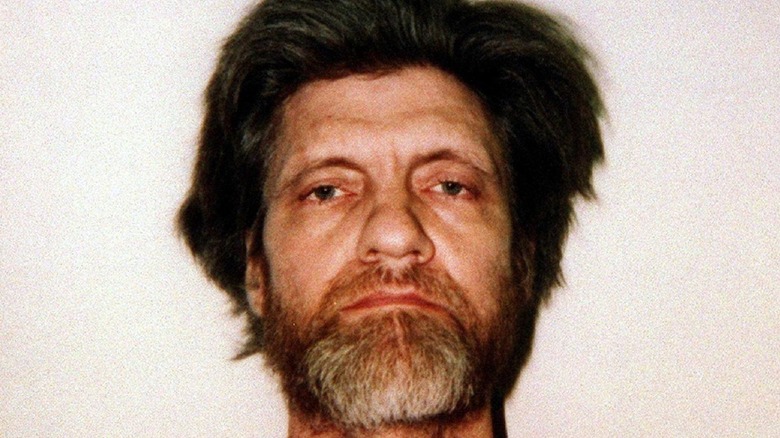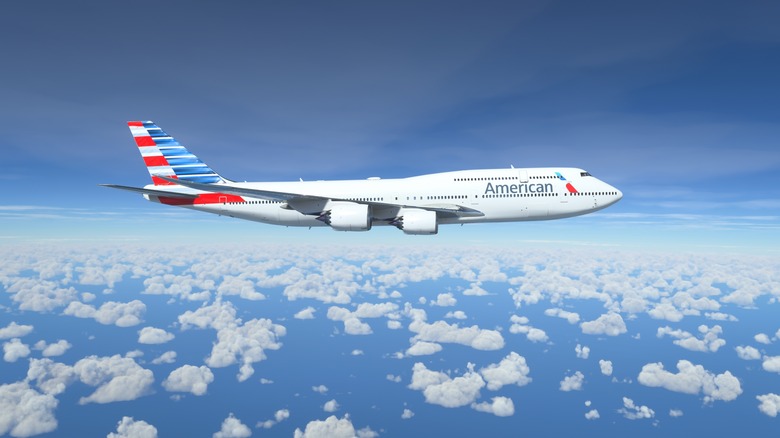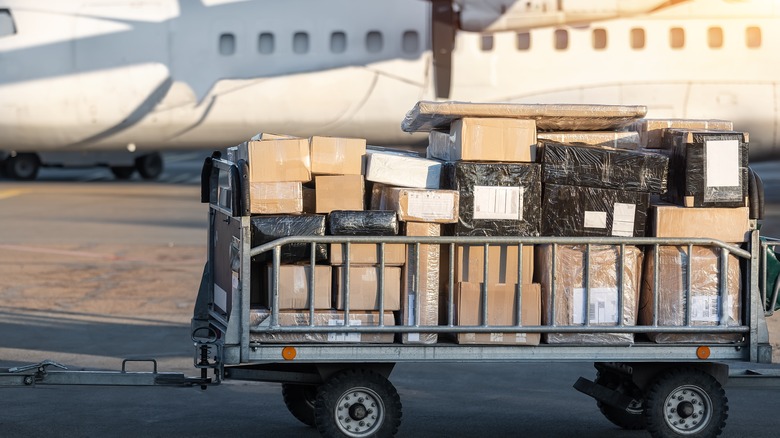This Is How The Unabomber Got His Bomb On A Plane In The First Place
In 1978, a professor at the University of Illinois received a package with his return address. Not recognizing it, he called security to have it checked. The parcel exploded upon opening and injured the officer. The following year, a graduate student at Northwestern University found a gift box that was left in the room used by graduate students. The present exploded when the package was opened (via FBI). Over the next several years, authorities would be on a manhunt for the person responsible for sending homemade bombs disguised as packages. In 1979, the agency created a task force for the UNABOM case — short for University and Airline Bombing. The Unabomber wouldn't be caught until April 1996.
He was identified as Ted Kaczynski, a social recluse and math prodigy. From 1978 to 1995, he sent a total of 16 homemade bombs different to locations — mostly universities — that killed three people and wounded 23 others (via Britannica). In 1979, the Unabomber sent an explosive to an American Airlines flight, but fortunately, the homemade bomb didn't work as planned.
The bomb in Flight 444
On November 15, 1979, American Airlines Flight 444 — a Boeing 747 that carried 72 passengers — was en route to Washington D.C. from Chicago. A report from The Washington Post noted that the plane took off at about 11:20 a.m. and shortly afterward, the pilot heard a noise described as a "thump." The flight continued on its journey but soon, smoke started to seep into the cabin. The pilot did an emergency landing at Dulles International Airport.
According to the FBI, a homemade device detonated in the cargo compartment of the plane. The Boeing landed safely and all passengers and crew members were fine, but some had to be treated for smoke inhalation. There was only little damage to the plane as well. One of the bombers aboard the flight, Arthur Plotnik, shared the harrowing experience in an article on Airplane Reading. Plotnik said that passengers were told to wear oxygen masks and "assume crash positions" to prepare for an emergency landing at the nearest airport, which was 25 minutes away. No one knew what was happening. "Those minutes went by in uncanny silence. With heads nested in folded arms, passengers seemed to be forestalling catastrophe by force of stillness, willing the plane to safety before smoke asphyxiated us or flames reached the fuel tanks," Plotnik wrote.
How did the bomb get into the plane?
Investigators discovered that the improvised explosive device (IED) was housed in a wooden box that was concealed by cardboard and paper (via Transportation Security Administration). The Unabomber designed the IED with an altimeter — an instrument that measures altitude above a certain level — that made the device automatically detonate upon reaching a certain altitude. Despite the bomb going off, the result wasn't what the Unabomber intended. Instead of explosive powder, he used barium nitrate, which is typically used in fireworks. If he had used explosive powder, the plane would have been blasted while flying at 34,500 feet, killing its passengers and crew.
As for how the bomb got into the plane, the Unabomber simply mailed it as an inconspicuous package. According to the Chicago Tribune, it was placed together with other parcels and mail in the cargo section of the plane that was supposed to be sent to Washington D.C. Passenger aircraft traveling on direct flights typically have cargo space reserved for such items, and it is usually located in the same area where passengers' luggage go. Fortunately, the IED that exploded on American Airlines Flight 444 only caused a small fire.


